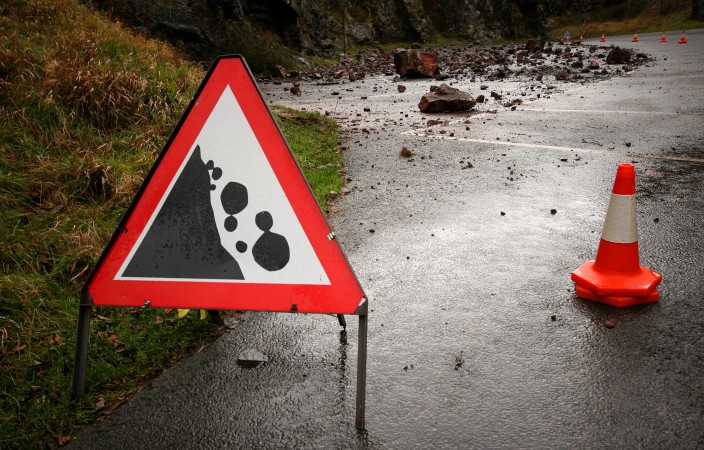What a Nuisance – Natural Hazards and “Reasonableness”

This week the Supreme Court released its decision in Young v Attorney General [2023] NZSC 142.
Mr Young owned land in Redcliffs which sat directly beneath the cliffs which were badly damaged in the Canterbury Earthquake Sequence. The land was “redzoned” several years ago. Although the Crown made Mr Young various offers to purchase this land, he instead brought proceedings against the Crown in trespass and nuisance. Mr Young argued that the Crown should be required to remove the rockfall and remediate the risk of further rockfall or cliff collapse so that he could return to, reoccupy and restore his property.
The Crown’s position was that remediating the cliffs was not at all reasonable in the circumstances, and that it discharged its duty to Mr Young when it made an offer which facilitated his relocation from the land.
There was no real dispute that a rockfall risk was a substantial and unreasonable interference with Mr Young’s right to use and enjoy his land and therefore constituted a nuisance. Liability in private nuisance can be for “harm originating in some natural condition of the land”.
In this case, the nuisance was not caused by the action of the Crown or its omissions but rather arose from a natural hazard.
The Supreme Court considered a line of cases which showed that there can be liability in private nuisance arising from a natural hazard if a defendant knows or ought to have known of it but does not take any reasonable steps to prevent it continuing. In that situation, the defendant is said to continue the nuisance.
To establish whether the Crown was liable necessitated an enquiry as to what was “reasonable” to address the nuisance. While noting what was “reasonable” was always going to be contextual and require a factual assessment, the Supreme Court offered some guidance about what factors might be relevant in other cases, which included:
The duty to take reasonable steps to prevent the nuisance is a “measured” one. What is practicable in the circumstances? Is the remedy quite simple? In this case to remediate the rockfall and instability of the cliffs was complex and required very significant expense.
Abatement or remediation may not be appropriate if it imposes too onerous or disproportionate a burden. Does the cost outweigh the benefit?
What is the impact of the risk? Here the hazard was not solely on the Crown’s property but was also a feature of the plaintiff’s property. That was relevant to what was reasonable in the circumstances.
The comparative financial position of the parties – what is proportional and practical?
Who will the remedial work benefit? Generally it is fair, just and reasonable to require those who benefit from works to also bear some of the burden of paying for them.
Ultimately the Supreme Court concluded that on these facts, it was not reasonable to require the Crown to remediate the nuisance. It followed that there was no obligation on the Crown to compensate Mr Young for his loss in the manner sought (remediation/damages).
Comment
A natural hazard or risk on your property does not have to cause physical damage before it could be said to affect the use and enjoyment of your neighbour’s property and therefore be an actionable “nuisance”.
In this case the Court has made clear that you will not have to take steps to address the natural hazard or risk at all costs: rather, it will depend on the circumstances, taking into account the wider impact, costs, benefits, proportionality and practicability.
If you would like to discuss any issue arising from this case, get in touch with our team.
